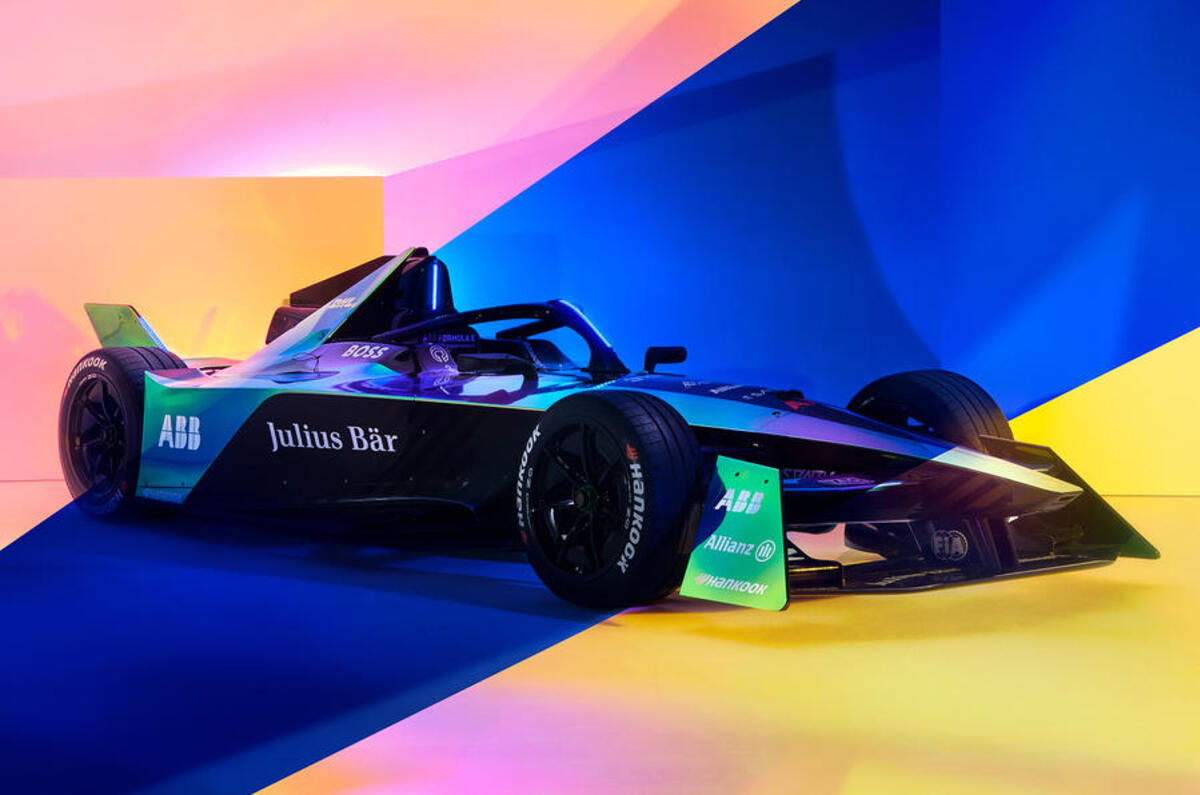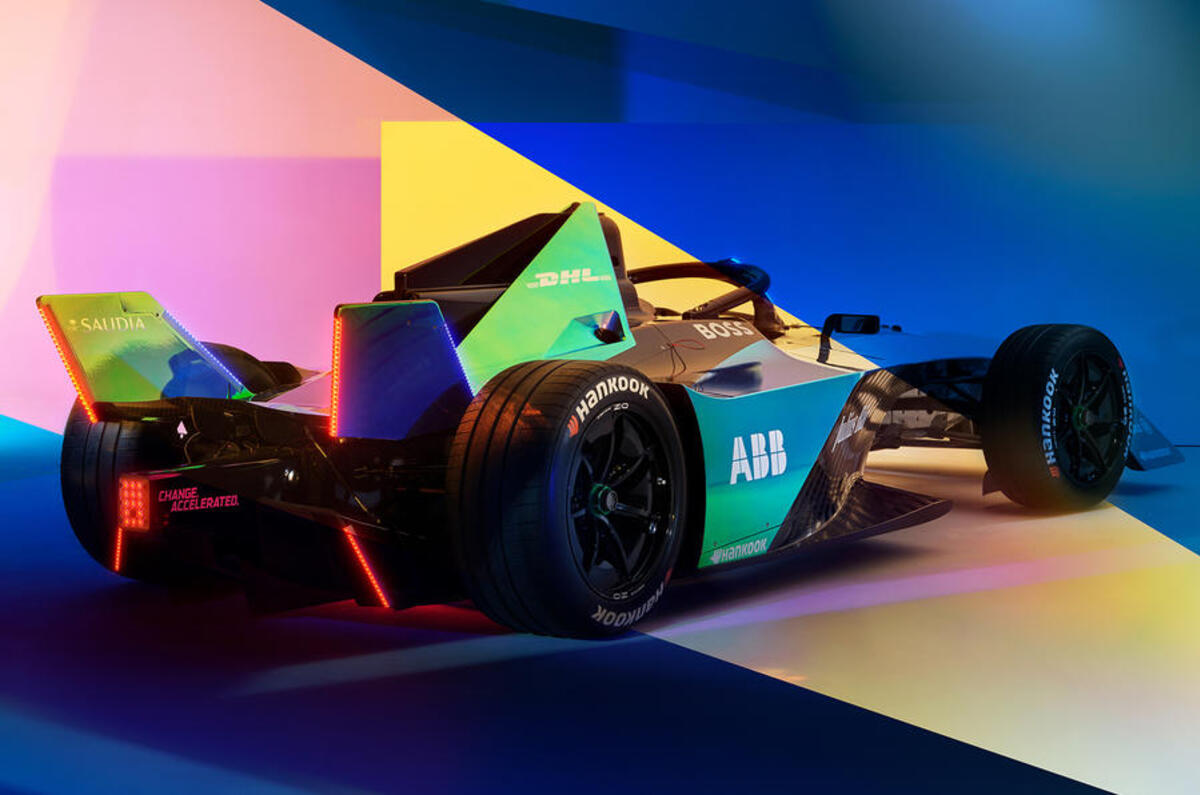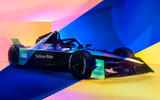It’s hardly a surprise that opinions are divided on the extreme looks of Formula E’s fighter-plane-inspired Gen 3 racer that will take its bow for season nine of the electric-powered single-seater series next year – even among the drivers.
“The rear of the car looks quite nice. The other parts… yeah, you need to get used to it” is how Porsche’s Pascal Wehrlein diplomatically puts it. Team-mate André Lotterer is a little more on-message: “It’s a very striking design with a unique identity to represent the ‘race of the future’,” he says.
But they agree on what really counts. “What is more important is the performance and how it will feel on track,” says ex-Formula 1 driver Wehrlein. “From the data, it looks quite promising. We have a lot more power, a lighter car which is nicer to drive and more agility.”
The Gen 3 was revealed at the Yacht Club de Monaco ahead of the recent e-prix in the principality. Seven manufacturers are publicly committed: DS, Jaguar, Mahindra, Maserati, Nio, Nissan and Porsche. So far, a dozen teams have been announced, including the German Abt squad, which will return after a year away following Audi’s withdrawal at the end of last year. The identity of its powertrain supplier has yet to be confirmed.
The headline upgrades for what series co-founder Alejandro Agag describes as the “third age of Formula E” do represent a significant boost in performance. From Gen 2’s maximum power of 250kW (335bhp), the new cars will boast 600kW (805bhp) from two power sources: a 250kW motor on the front axle has been added to the 350kW (470bhp) motor on the rear, with top speeds predicted to hit 200mph. Although exactly where that might be possible, given the tight nature of most Formula E city-street tracks, remains to be seen.
The new car is more compact in its dimensions and 60kg lighter, largely thanks to a smaller battery and the removal of the rear brakes. The battery size has been reduced by upping the car’s regenerative power, including for the first time from the front axle, to provide 40% of the energy required for the series’ 45-minute races.
“It’s the most efficient racing car in the world, the first ever net-zero car, and it’s all going in the right direction,” enthuses three-time Le Mans winner Lotterer, an unapologetically big advocate for Formula E. “It’s the biggest step we’ve seen, bigger than from Gen 1 to Gen 2.”
In terms of racing, no rear brakes sounds dramatic but is the opposite, according to the drivers. “Even now with Gen 2 we are braking quite a lot with the regen and motor,” says Wehrlein. “Right now you have to imagine it’s like a handbrake in the race: we just recuperate energy on the rear and the car is constantly moving at the rear. Next year we can also recuperate on the front, so it will feel like a normal racing car on push laps.”
















Add your comment